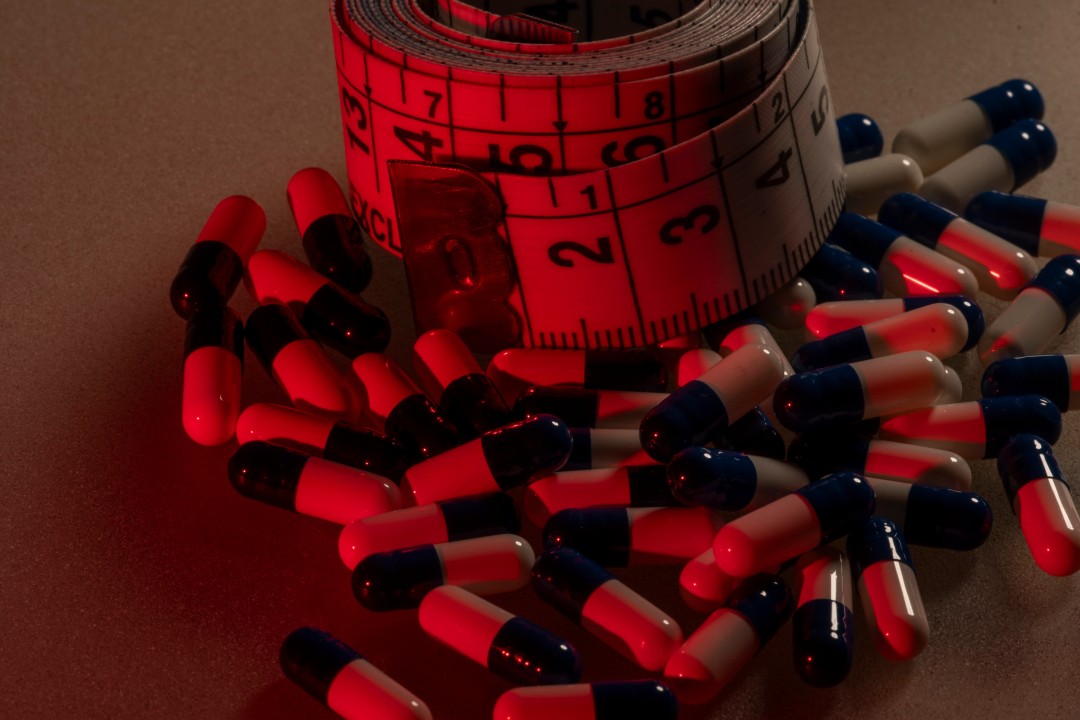
The Hollywood Diet
The Hollywood Diet
The latest craze in the world of weight loss gimmicks may not be a gimmick at all. The hottest topic in healthcare these days seems to be the emergence of effective drugs that facilitate significant weight loss.
Health Analytic Connect’s research has shown that the cost and use for these treatments have increased exponentially over the past two years. In fact, we found that those diagnosed as overweight or obese (but not diabetic) exhibited nearly an 800% increase in spend for these drugs and grew in number of claimants by more than 900%.
Originally developed for diabetes patients to help with blood sugar control, these drugs were soon found to be also effective for weight loss. Ozempic is the most recognizable brand name, but there are a number of similar drugs. These are technically referred to as glucagon-like peptide (GLP-1) agonists or sodium glucose cotransporter 2 (SGLT-2) inhibitors. In layman’s terms, these drugs affect hormones regulating appetite which result in reduced feelings of hunger with few other lifestyle changes.
The emergence of these drugs has led to an explosion in consumer demand as another option for weight management – for both people with diabetes and other weight-related health conditions, but also those just wanting to quickly lose a few pounds. Their popularity has caused nationwide shortages of some of these drugs, potentially jeopardizing the health of those patients with serious health conditions.
These drugs are extremely expensive – often costing more than $1,000 a month – and are often prescribed indefinitely once patients initiate treatment. This results in millions in additional expenses for health benefits.
To provide perspective, retail drug prescriptions are already a leading driver of the overall trend in medical cost. Research indicates that for a commercial population, pharmacy costs have grown nearly 16% over a two-year period, compared to 10% for overall medical costs.
However, isolating the GLP-1 and SGLT-2 drug trends, a new story emerges. Costs for these drugs have increased more than 80% over the last two years and account for almost half of the pharmacy trend. Direct to consumer advertising has contributed to the exponential growth, and the reality of huge untapped demand will ensure the momentum will continue to grow.
Notably, our research shows that only 11% of the overweight/obese population, and 28% of the diabetic population are currently taking these drugs, leaving significant room for expansion.
We can help!
An important first step is to understand what your data is telling you. For example, analyzing these trends provides insights for action. HAC Analytic Recipes provide a framework for this type of analysis. Our guidelines and templates can be customized to fit your unique data needs.
HAC Analytic Recipes can help you:
· Understand your actual spend on GLP-1/SGLT-2 drugs.
· Isolate the impact these drugs are having on pharmacy and overall trends.
· Compare your experience to benchmarks.
· Evaluate the health and demographic characteristics of those taking these drugs.
· Measure the effectiveness of programs implemented to manage the appropriate use of these medications.
Contact us now at info@healthanalyticsconnect.com for more information about how HAC Analytic Recipes can help you quickly and accurately answer the above questions and more for your population.
Product researcher/Inventory manager/Content Writer
4mohttps://healthinfoambreen.blogspot.com/2023/10/diabetic-diet.html